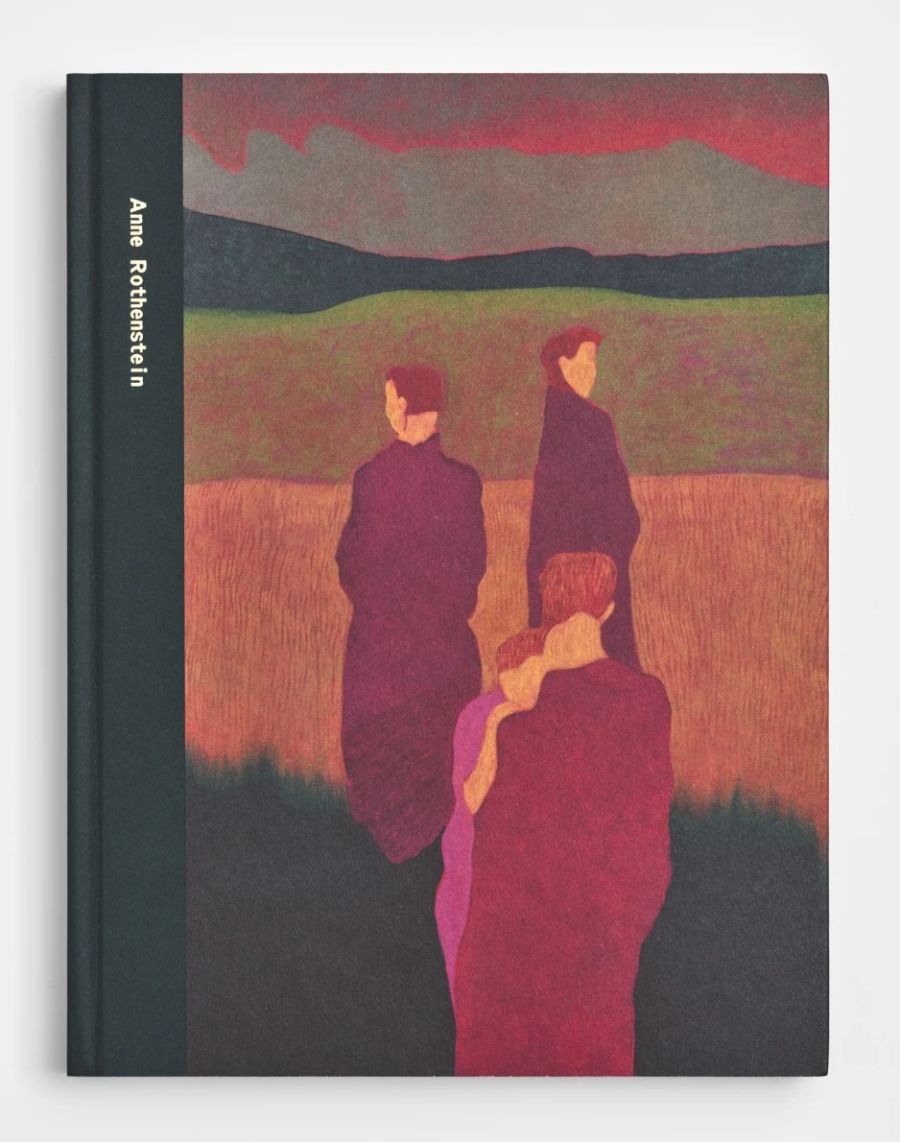Preface by Sacha Craddock 2024
Preface by Sacha Craddock
Painters and observers often cannot help but long for a kind of place that exists in paintings that already exist. Anne Rothenstein allows atmospheres and sensations to come to her through a love for the act of painting and the language of paint. Dealing with experiences that eventually become visual fact, the artist moves beyond illustration to make work that brings together something we cannot see until the very end. Rothenstein gathers moments to construct a strange place, to present an incident that seems to capture something before or just after whatever it is that has just happened.
Some painters inevitably find themselves being drawn to, and rejecting, hints that arrive during the process of making. Every move can suggest a place that could metaphorically be moved into, that an artist may struggle to cancel, or choose to leave. The whole endeavour is a love affair with the kind of situation that is, after all, about a marriage of moment and seeing, about particular arrangements within visual language. Painting can therefore be a matter of jumping in, hitching a ride, allowing oneself to put down or pull away from becoming a part of something that gives way to unconscious knowledge.
Although paint might not be able to achieve anything strikingly new, any shift of emphasis within a recognised or felt situation can carry fresh and independent life. While a novice might show faith in the gesture, smear, cancellation or reinforcement, Rothenstein uses a combination of risk and knowledge to insist on allowing a situation to suggest itself. Not about chaos, however; the process of discovery must be calm and clear. From Hammershøi, through Munch to the naive, it is at the same time impossible to undo knowledge. Instead of swerving from a path towards the familiar or fighting associative value, Rothenstein embraces familiar directions to know what she knows in conditions that have perhaps been there all along.
Instead of painting portraits of people that do not exist, Rothenstein paints situations and landscapes that carry a filmic sense of interrupted discovery. Like an abstract painter who turns back quickly to look at a work arrived at through apparently automatic means, the sort of Northern European place informed by film, and painting, constructs a cross-section of a moment. For maker and observer alike, it is a matter of thwarting obvious paths of recognition while sinking back into the different as well as the similar. While constructing such still, sometimes sad, situations within the surface, the artist is also able to catch the meaning, or result, at the final moment.

Hardback catalogue, solo show, April 2024, Stephen Friedman Gallery